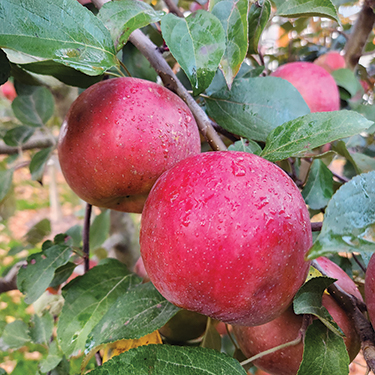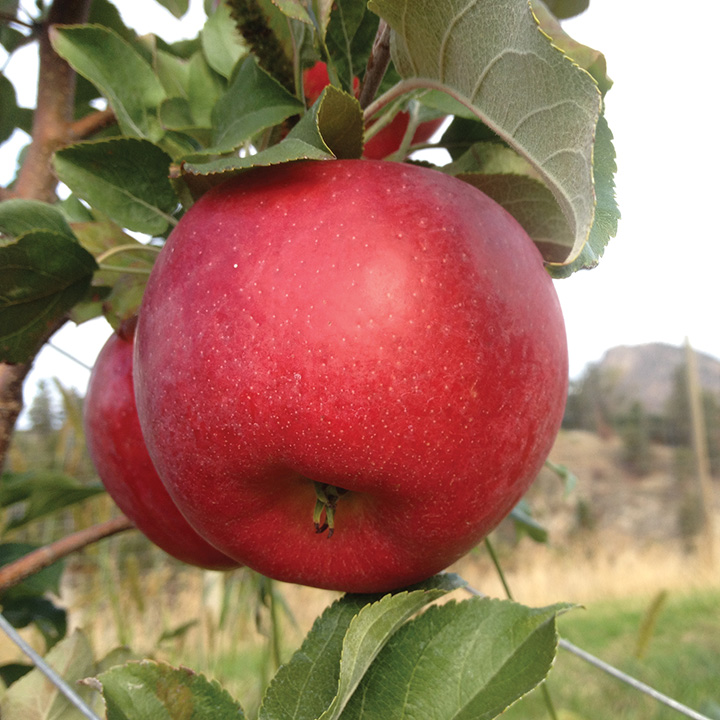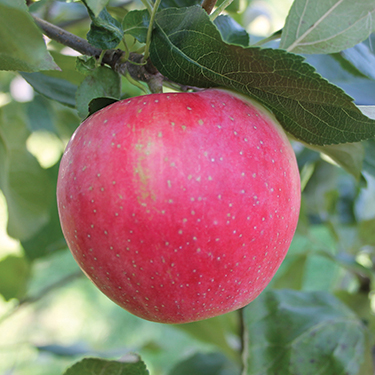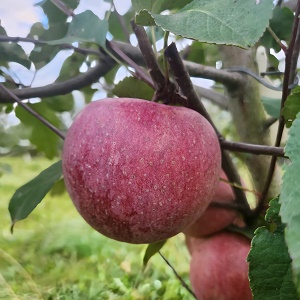Apple : SNOWSWEET Semi-Dwarf (G969)
$53.95
This is the premier apple for snack trays and salads. It’s firm, crisp, snowy white flesh is exceptionally slow to oxidize when exposed to air. Unlike most varieties which quickly turn brown, Snow Sweet® slices stay fresh looking and appetizing for hours. Well balanced flavour is mostly sweet, even buttery and rich, according to some taste testers, but retains a refreshing edge. This late-season selection is very similar to it’s Connell-Red parent and has become quite popular since being released by the University of Minnesota in 2006. Consistent cropping, large fruit that stores well, and above average resistance to scab and fireblight are several more reasons to choose Snow Sweet®.
NEEDS A POLLENIZER | ZONE 3/4 | HARVEST: EARLY-MID OCT.
Only logged in customers who have purchased this product may leave a review.
Growing Tips
Besides selecting the most disease resistant varieties, there are
a few simple things to do to have better apples.
- Fertilize under the outer edges of your trees. There are no feeder roots next to the trunk. A well fed tree stays healthier. (Adequate calcium in the soil also helps so that apples keep longer.)
- Pick up fallen fruit and compost, dispose of, or feed to livestock (where possible).
- Rake up leaves in the fall and compost them away from the orchard.
- Prune trees to encourage light and air to reach the inside of the tree.
- Provide bird nesting sites near your orchard. A variety of orchard companion type plants will attract native pollinator insects and also encourage birds to come and eat insect pests.





Reviews
There are no reviews yet.